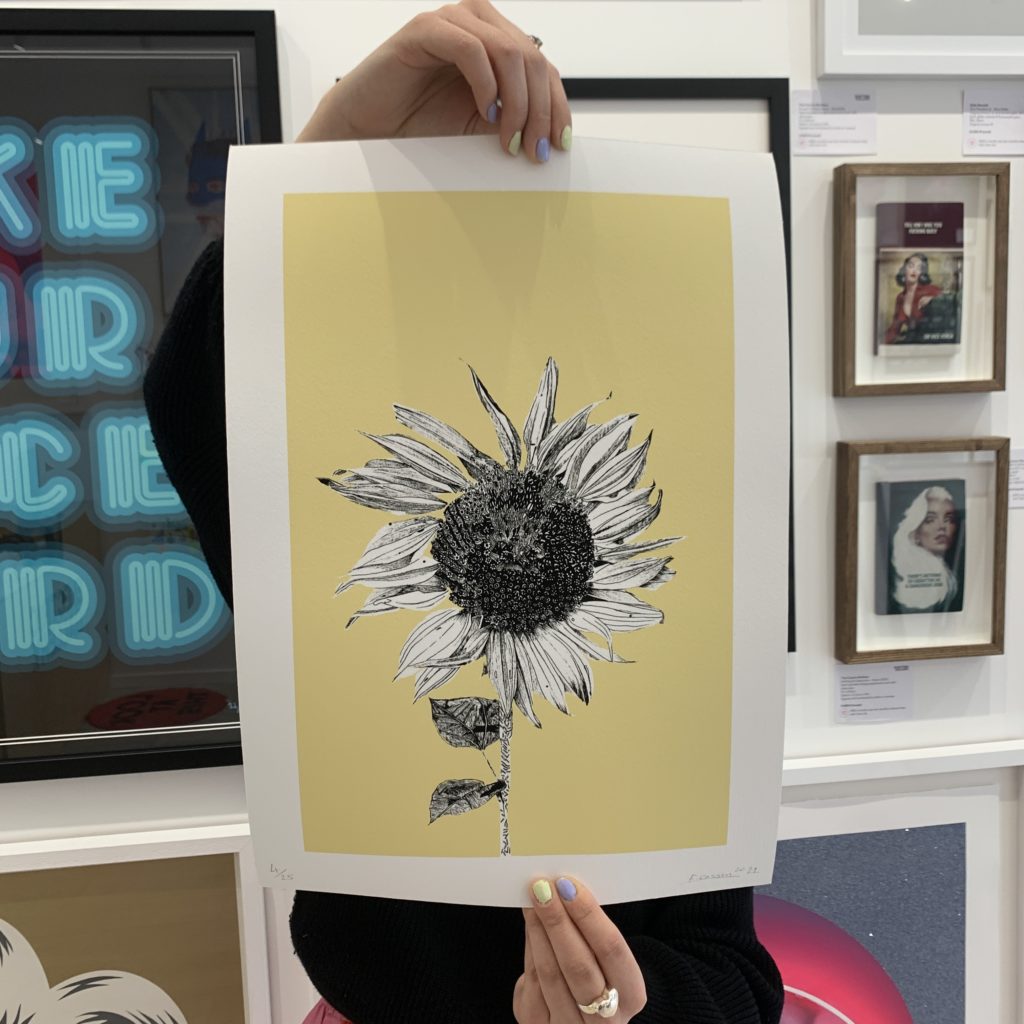
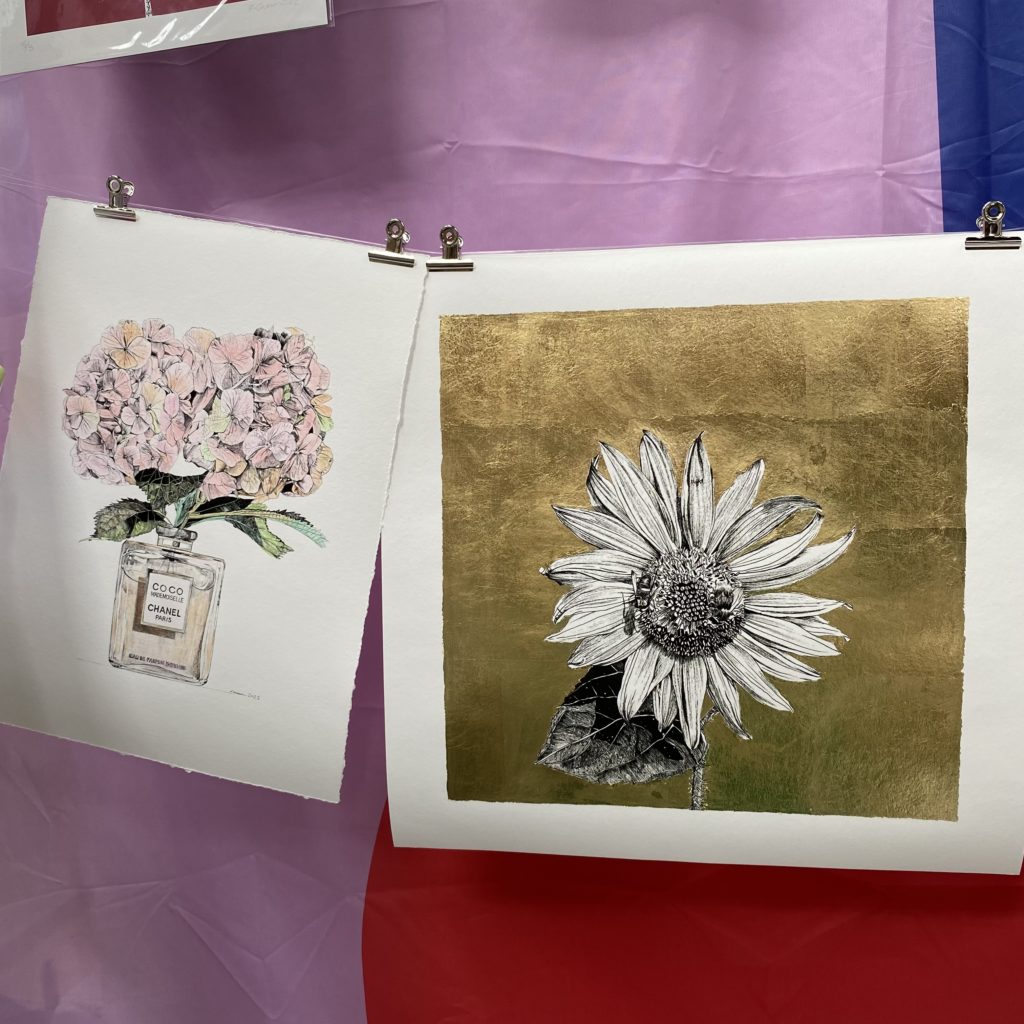
The first blog of the year (Bye January, what a slog!) and it’s all about those pretty yellow flowers: sunflowers! If you happen to follow me on all the different social channels (Facebook, Instagram, and the latest edition Tik Tok) you’ll know that I’m often drawing sunflowers. Their long-elongated stalks stretch towards the sun, they are the colour of the sun, and they represent unwavering faith and unconditional love. They can often look hairy but the actual word for what covers the stalks is called trichomes.
We all know these happy flowers can reach great heights, and are yellow and bright. This is the typical imagery we think of when it comes to sunflowers but after doing some research, I’ve unearthed many interesting facts about these beautiful flowers that you might not know.
1). Sunflowers link to Apollo
There are numerous symbolic meanings surrounding sunflowers but one that you might not have heard of is the Greek mythological story of Clytie and Apollo. Apollo (God of the sun) was in love with Clytie at the time until he was struck by the beauty of a Princess called Leucothoe. The King ordered Leucothoe to stay away from Apollo, but this didn’t stop Apollo from making a move. Clytie found Apollo and Leucothoe together and told Leucothoe’s Father out of jealousy and rage. As punishment, the King buried Leucothoe alive (harsh!). Apollo was obviously devastated and at once turned Clytie into a sunflower so that he would never have to look at her face again.

2). Young Sunflowers Track the Sun
This is a very interesting fact and is known as Heliotropism. A study by Science Mag revealed that young sunflowers have a circadian cycle. This means that the face of the sunflower tracks the sun’s movements from day to night until it reaches maturity.
3). The Sunflower Has Anti Inflammatory Properties
Not only a pretty flower but the sunflower offers additional health benefits. Sunflowers oil contains linoleic acid. This acid can convert to arachidonic acid. Both acids help prevent water loss and repair the skin barrier.
4). Sunflowers are native to North America
These flowers originate from America but are now sourced all over the world. For sunflowers to reach their optimum they like to be in direct sunlight for at least six hours and can survive the harshest of droughts.
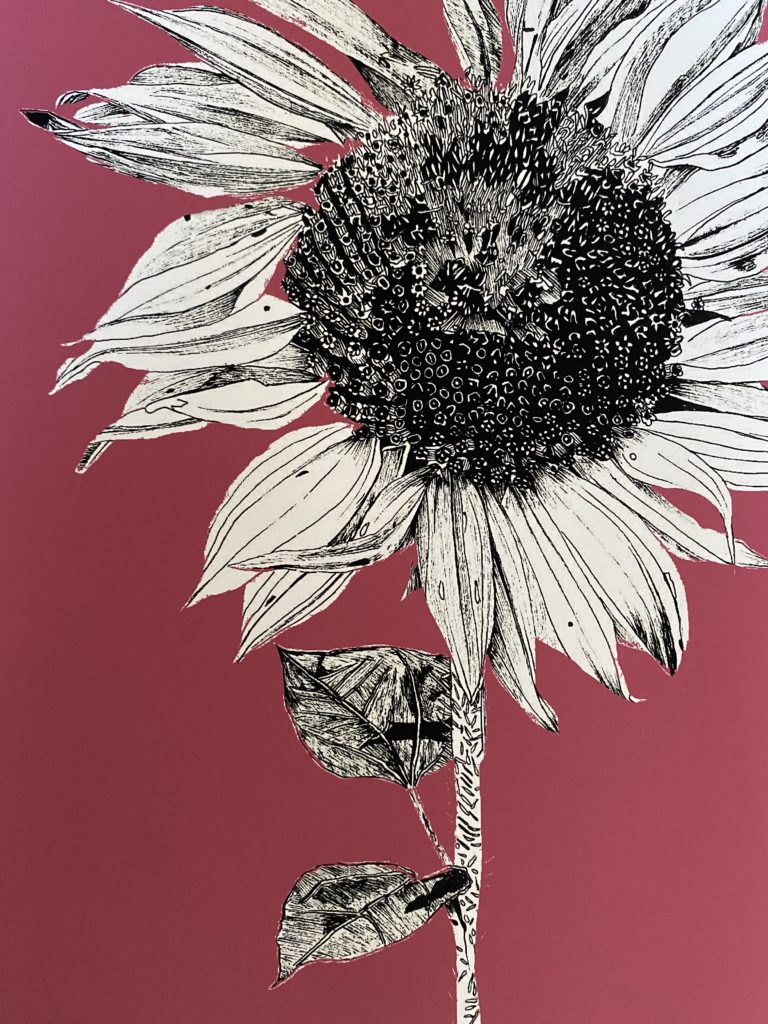
5). Sunflowers Are Made Up of Thousands Of Tiny Flowers
The head of a sunflower is a bed of thousands of tiny flowers as many as 2000 flowers can be seen on the face. The petals we see around the edge are called Ray Florets and cannot reproduce, however, the tiny flowers inside have both female and male sex organs each producing a seed.
6). Sunflowers Have Grown in Space
U.S. astronaut Don Pettit brought a packet of sunflower seeds along with him on the 2012 space expedition. He regularly updated the world on how they were growing out in space.
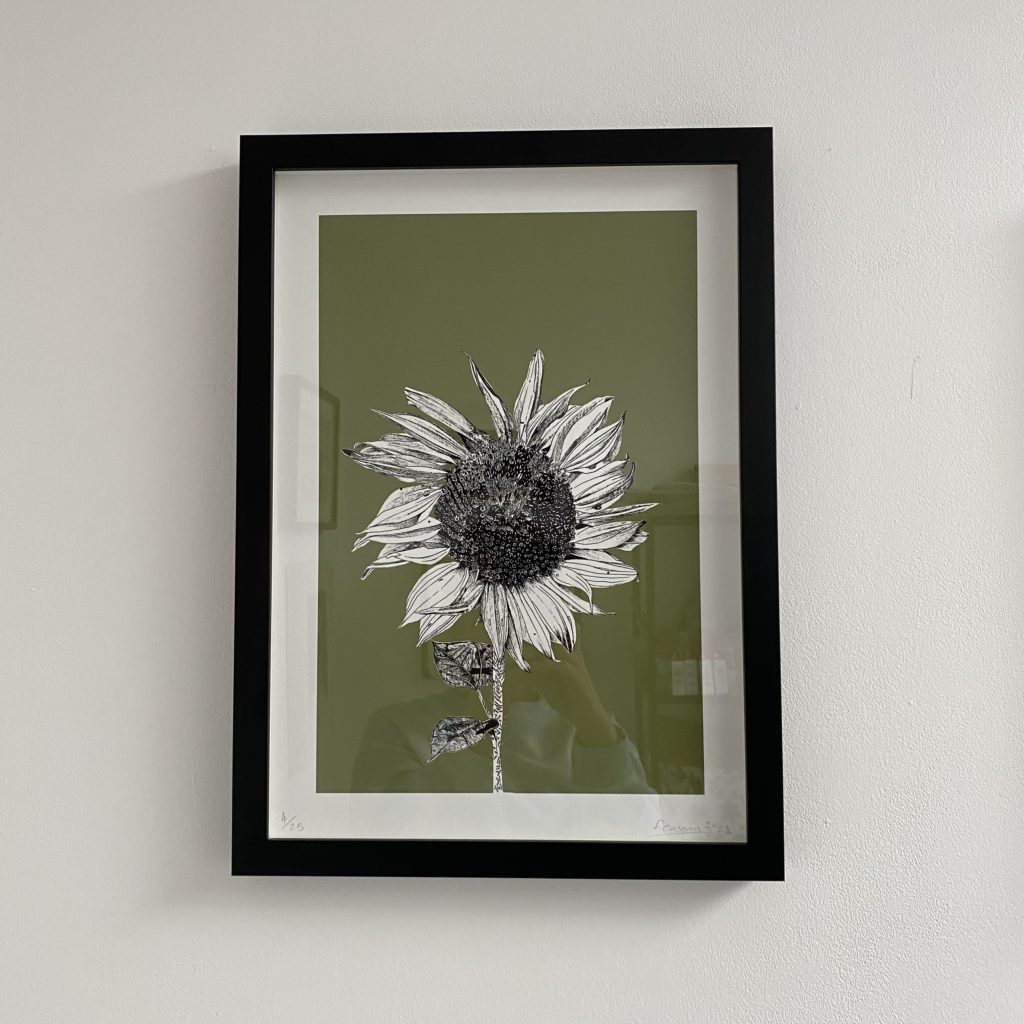
7). They Have Medicinal Properties
Native American tribes would often use parts of the sunflower in their remedies. The Cherokee tribe would infuse sunflower leaves to treat the kidneys while the Dakota tribe would use it to soothe chest pain and pulmonary issues.
8). Sunflowers In Russia
Tsar Peter the Great was fascinated by sunflowers he saw in the Netherlands, so he decided to bring some back to Russia. According to the beliefs of the Russian Orthodox Church, all other oils were banned from consumption during Lent except for sunflower oil.
9). Sunflowers Are Not Always Giants
We often think of huge, towering sunflowers but you can also get Dwarf Sunflowers which grow to roughly 3 feet. They grow in clusters and love to take up space in small gardens and pots. Like their leggy counterparts, they both do best when faced with direct sunlight.
10). Sunflowers can absorb radiation
These plants can help to absorb radiation and are known as super accumulators. They absorb and store the radiation in their leaves and stems. In Fukushima, Japan (2011) there was an earthquake that triggered a radiation leak at a nuclear plant. Millions of sunflowers were planted to absorb the radiation.
Aren’t they amazing?
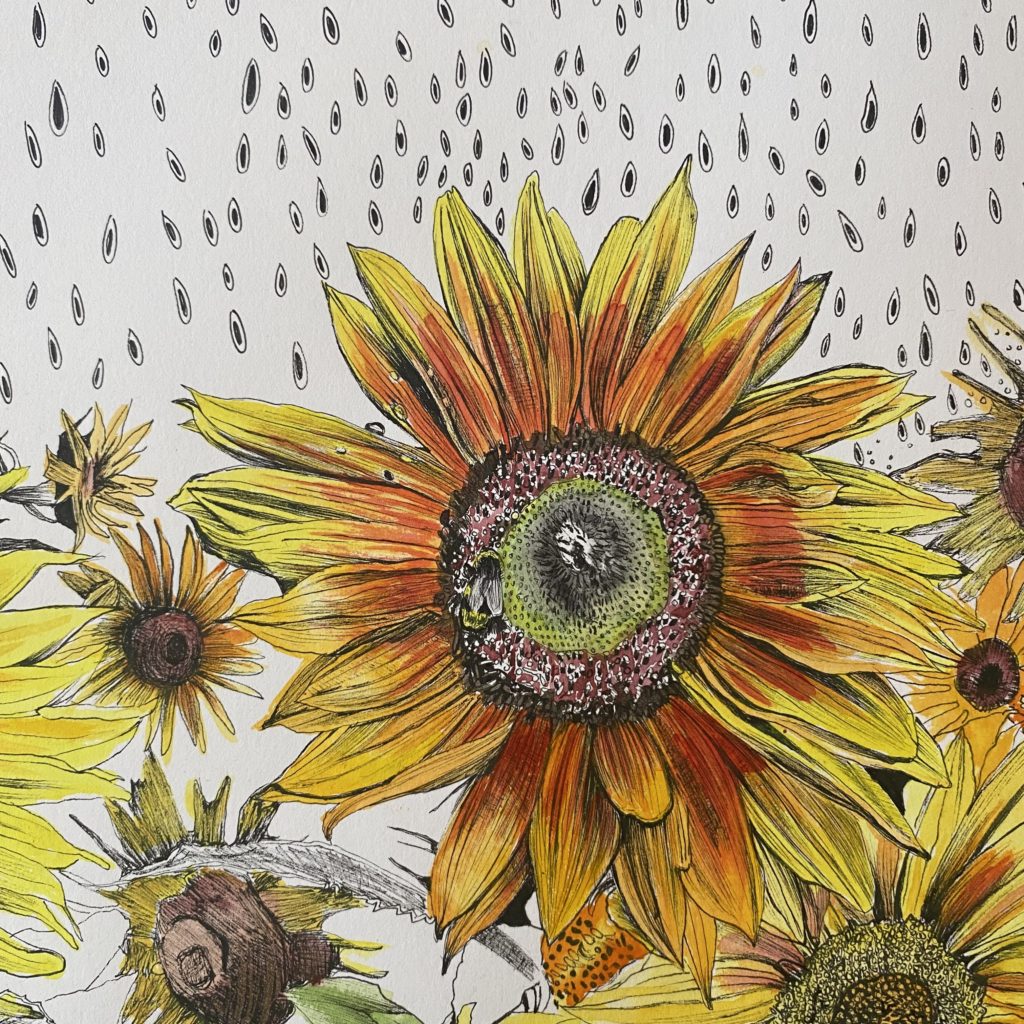
Subscribe now to keep reading and get access to the full archive.